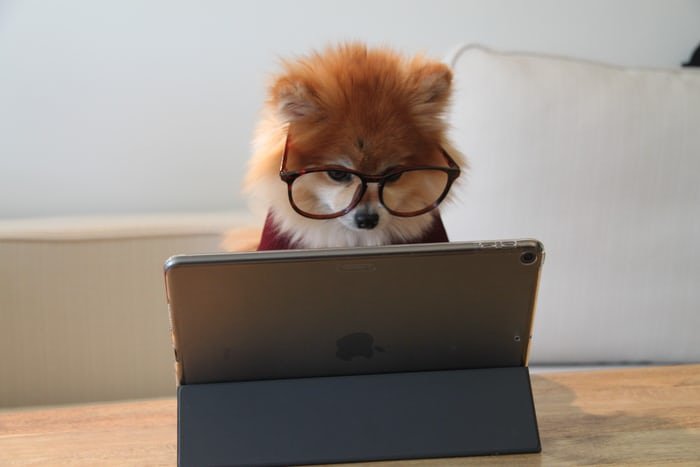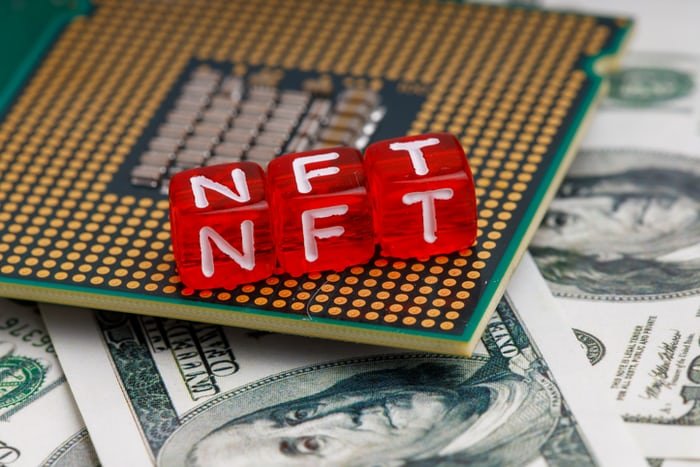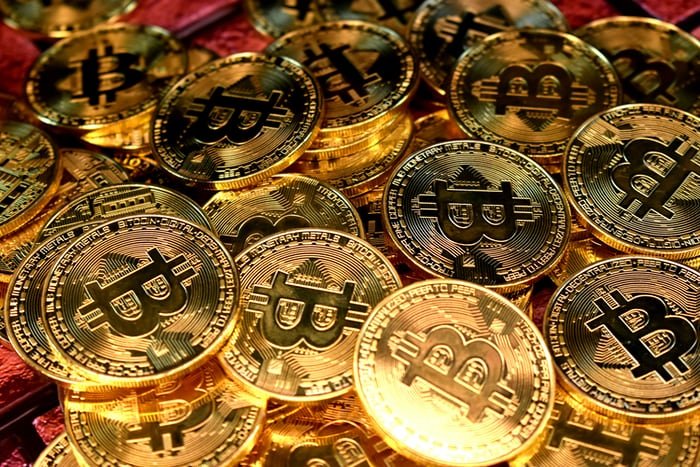Non-Fungible tokens are digital tokens that are used to represent a unique item. They can be used for various purposes, such as collectible art, digital assets, and real estate. These digital tokens have eliminated the problem of minting and owning decentralized digital collections in a society that likes copy-pasting.
And cat is my base pet 😻

Non-fungible NFTs are not interchangeable. Each NFT is unique and cannot be matched or exchanged identically. This means that even with multiple versions, each NFT's metadata will still differ.
How to Play NFT Games
NFT games are different from simply holding crypto-collectibles. Instead, they use NFTs in their game mechanics and player interactions. They can also represent digital items that you find while playing the game. This means that NFT games are different from traditional tokens. Instead of just holding crypto-collectibles, they use NFTs to interact with each other.

NFTs are digital tokens that can be used within a game environment. To implement them, developers need to create smart contracts made up of rules. Developers can easily implement NFTs in a game environment by creating smart contracts that will make the rules for the NFTs used.
For instance, CryptoKitties' contracts are mainly composed of various clauses used to structure the game. Some of these include the gene Science contract, which determines the random mechanics of generating new cats.
In these games, NFTs can be played and earned. These NFT games are similar to play-to-earn games, where players earn tokens by playing for a long time. These games can be used to purchase in-game items and equipment. The two main types of play-to-earn are the tokens method and NFT drops. The former is more stable and can be earned steadily over time, while the latter is more chance-based.
A real example is the Axie Infinity, a play-to-earn game where you can earn various rewards, such as a free scholarship or three Axies. SLP is a tool used by breeders to create an economy for their products.
Let's now move to steps involved in Creating NFT Based Games
Creating an NFT game is pretty easy, it involves design, development, testing, and deployment
NFT is not only Ethereum anymore. Though it was the first to create and explore the NFT space, it is also still a blockchain that can explore and develop new applications in the space. Many blockchain standards offer various functionalities and attribute needed to be successful in the NFT space.
The first NFT standard that was widely used was the ERC721. This feature allows every asset to be unique and not be replicated. Other NFTs are the ERC 997 and 1155. Both of these features can be used to store fungible and non-fungible tokens. Although Ethereum is the only blockchain that can offer NFT capabilities, other blockchains can also provide this feature. One of these is Flow, which was created to solve the problems that Ethereum experienced when it came to gas prices.
The Tezos Blockchain is a non-fungible platform that enables anyone to store and play various gaming items. There are also plenty of NFTs that focus on culture and creativity. Due to the nature of the NFT industry, new standards are still being proposed. It is recommended that you check the list of standards before committing to any particular technology.
Let me give you a Complete Step by Step Guide on How to Create NFT Games

Step 1: Design
First off, you should start thinking about the type of game you would like to build. Once you have a basic idea of your game style, start researching similar games that have already been published and found success. Doing so could help you develop a unique and compelling idea. Design Thinking is a non-linear approach that helps develop solutions that meet the user's needs. Doing various workshops and interviews could help you explore the possibilities of creative thinking in engineering. It can also help build a team of people who are capable of working together on solving problems.
Now, it's about onboarding creative-skilled team members. It can be a lot of fun, and you can work with other people to come up with new ideas. After coming up with an actual product, try to make it as simple as possible. However, make sure not to go into details.
It is also pertinent to have good designs and cute creatures. Although this is generic among successful NFT games, the importance of creative work cannot be overstated. The Pixel Editor can be used to create an image just as the moon catrescue cat on the moon catrescue game.
Step 2: Development
Before we start, we need to discuss the main topics related to NFT Game creation. This step will introduce the various platforms available for NFT Game development. DApps are decentralized apps that are built on Blockchain technology. This article will talk about the term Dapp and what it means when it comes to general applications.
When building dApps, it is pertinent to decide whether it is on the Web or Mobile App. One of the first questions when building a DApp is how do I interact with my end-users? Through Web or Mobile App?
Web apps have high availability, are more accessible to a wider audience, and can be developed for various platforms. However, mobile apps can be more robust and provide a better user experience. When building a mobile app, the choice is between native and non-native apps. Non-native apps are typically built for different operating systems. Due to this, each app has its unique characteristics and can access various features and functionalities.
Non-native apps are typically cheaper and easier to build than native ones. However, they do not offer the same features and may only work for one platform. Before you decide to build a native app, make sure that you have the necessary functionalities for each platform. Progressive Web Applications are the latest generation of mobile apps that work seamlessly as both a web app and a mobile app. They are also available offline and have the ability to push messages. These are the best options to use.
Choosing the Right Tech Stack
TechStack should not be a one-size-fits-all solution. There are a lot of alternatives out there, so you must do your due diligence and choose the one that suits your project. The beauty of open-source is that it allows developers to create their games without spending a lot of time researching.
Setting Up the Environment:
More so, to develop an NFT app, you need to connect it to Ethereum, Corda, Hyperledger Fabric, or another blockchain. Truffle Suite is a good choice. The Frontend can be written in Javascript or TypeScript, and TypeScript offers advantages when working with a larger team. The Framework can be React, Vue, or the complex and heavy Angular for a simple web application. Lastly, the hosting can be done freely on Netlify.
Choosing Wallets:
For the authentication and the login, use a crypto wallet. A crypto wallet is a digital version of a physical wallet. It can store your various currencies and tokens. Most of the tested blockchain apps, including CryptoKitties, use MetaMask to store their keys and NFTs. Aside from being a non-custodial wallet, it also has various advantages that make it very popular.
Smart Contracts:
The Smart Contract is a template that defines all the rules and functionalities that the company would take care of if it were built in a centralized game. Its security and quality are both secured by your NFTs. Online courses will introduce you to SmartContracts and some of the coding challenges related to it. You can also follow the Crypto Zombie Challenge to get started with coding. Smart contracts are created in various languages such as Solidity, Vyper, or Yul. Popular languages to write them are also known as JavaScript and Python.
If you have little experience yet, go for the most popular choice. Also, if you are more experienced, try Yul. Lastly, the open zeppelin Library offers support to build a secure application in writing smart contracts.
Backend:
The SmartContract only requests the NFT's URL. This procedure requests the metadata to the NFT. Storing data in a centralized space is not an ideal idea for a real-life app. Instead, we should consider implementing technology like a Chainlink to prevent this from happening. Node.js is a language that's commonly used for web development. It can be written in JavaScript or used as a standalone language.
The metadata of the NFT will be sent to the backend, which includes its name, the Id, and the image's URL. The user can then see the full details of the NFT and its image.
Step 3: Testing
For testing the NFT game, the Ropsten Testnet or the Rinkeby are best used. You can also get ether through a faucet.
Step 4: Deployment
This process should not be in haste. All security threats should be checked and all apps tested for the launch, community engagements should be appropriately done, creating contents, etc., in preparation for the mainnet.
Source of potential plagiarism
Plagiarism is the copying & pasting of others' work without giving credit to the original author or artist. Plagiarized posts are considered fraud.
Guide: Why and How People Abuse and Plagiarise
Fraud is discouraged by the community and may result in the account being Blacklisted.
If you believe this comment is in error, please contact us in #appeals in Discord.